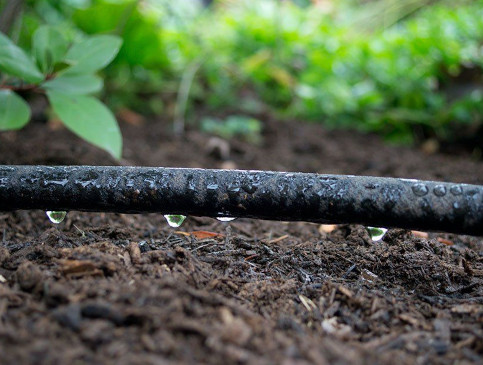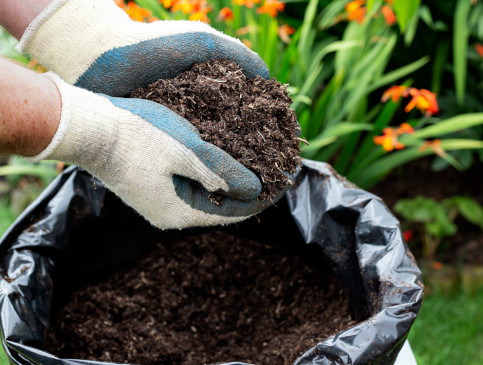How to Water Effectively
How to Water Effectively

You may think that all your garden plants and shrubs will need watering on a regular basis and they often do, especially in periods of drought and prolonged dry spells. However, some of us may cause detriment to our plants by overwatering them or not watering them efficiently and effectively. It takes time getting to know your plants and their individual needs but hopefully this ‘How to’ Guide on watering will help you get the best results all round.The requirement for manual watering tends to be in the hands of Mother Nature. It is important to keep an eye on the weather conditions and base your watering regime on the frequency of rainfall. If there is plentiful rainfall, there should be no need for you to be outside with watering cans and hoses. However, if the soil and weather conditions have been particularly dry, you should provide your plants with a thorough watering.
How much water is needed?
The amount of water greatly depends on your soil type. Sandy soils will require more water than other types as they freely drain any moisture provided. However, please be cautious with sandy soil as it is vital that you do not overwater these plants due to this feature. Heavy clay soils should be watered less frequently as the soil retains any moisture provided to it. Generally, it is recommended that up to 24 litres (5.2 gallons) of water per square metre, on a weekly basis is an adequate amount of moisture to maintain healthy and successful plant growth.

Watering Cans and Hoses
When using a watering can or a hose, you should concentrate the moisture to the very base of the stem, ensuring it is beneath the foliage canopy whilst keeping surrounding areas dry.

Drip Irrigation System
This method is often seen as the most effective and efficient way of transporting water to the roots. Construct a system of piping that run from a tap that will transport water around your flower beds and borders and release water at the base of your plants. Drip irrigation systems will regulate the water flow allowing for slow and accurate watering.




